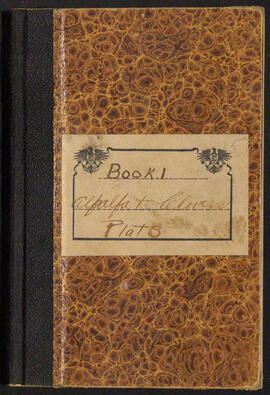
Notebooks: Alfalfa and clovers plat: Book 1
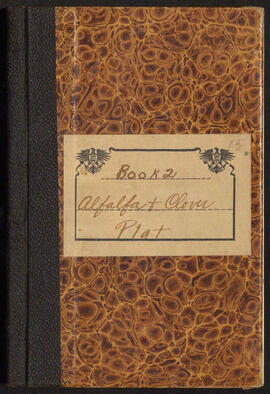
Notebooks: Alfalfa and clovers plat: Book 2

Notebooks: Alfalfa book
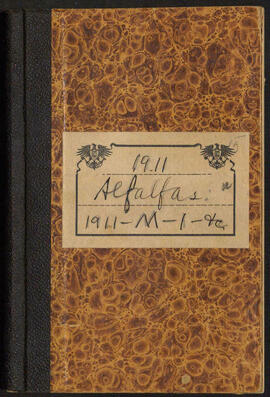
Notebooks: Alfalfa's: 1911-M-1-tc

Notebooks: Grasses for 1888 and 9: Grains for 1988

Notebooks: Grasses, clovers and forage

Plant specimen: Aceraceae Neck. Acer Ginnala Max. Plant specimen from the maple family

Plant specimen: Aceraceae Neck. Acer Mairunduense ? et Mey. Plant specimen from the maple family
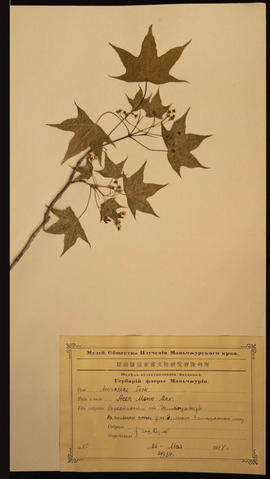
Plant specimen: Aceraceae Neck. Acer Mons Max. Plant specimen from the maple family
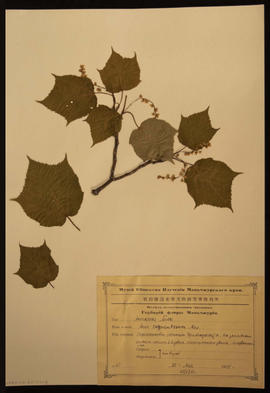
Plant specimen: Aceraceae Neck. Acer Tomentosum Max. Plant specimen from the maple family
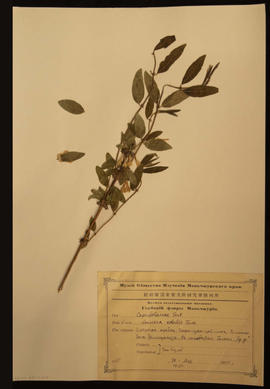
Plant specimen: Caprifoliaceae Vent. Lonicera edulis Turcr. Plant specimen from the honeysuckle family
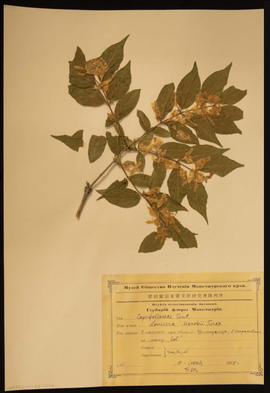
Plant specimen: Caprifoliaceae Vent. Lonicera Maackii Turcr.

Plant specimen: Pinus pungens, also called Table Mountain Pine, hickory pine, prickly pine or mountain pine.
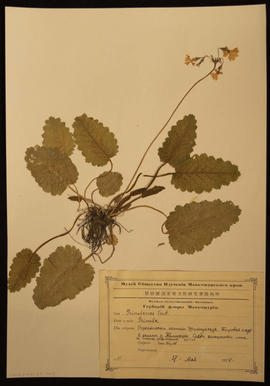
Plant specimen: Primulaceae Vent. Primula.
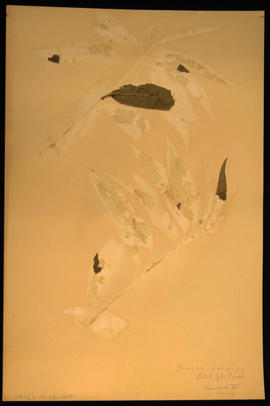
Plant specimen: Prunus persica. Dbl. fl. Peach. Kaises VII.

Plant specimen: Rosaceae B. Juss. Micromeles alnifolia Koehne

Plant specimen: Rosaceae B. Juss. Prunus padus L.
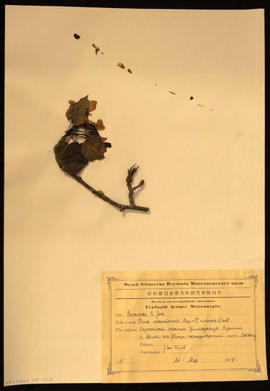
Plant specimen: Rosaceae B. Juss. Pyrus ussuriensis Max =P. Sinensis Lindl.

Plant specimen: Rosaceae B. Juss. Spirea Chamaedrifolia L. Common name germander meadowsweet or elm-leaved spirea
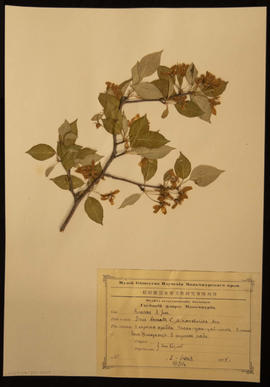
Plant specimen: Rosaceae B. Juss. Spirea Chamaedrifolia L. Common name germander meadowsweet or elm-leaved spirea

Plant specimen: Rosaceae B. Juss. Spirea media Schmidt
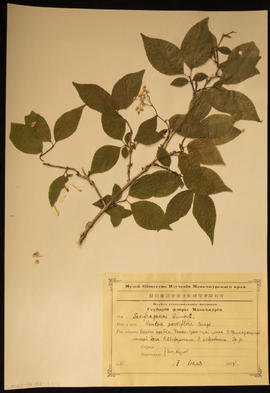
Plant specimen: Saxifragaceae Dumort. Deutzia parviflora Bunge

Plant specimen: Saxofragaceae Dumort. Ribes manshuricum (Max.) Kom

SD Ag Experiment Station: Agronomy Department field records
























